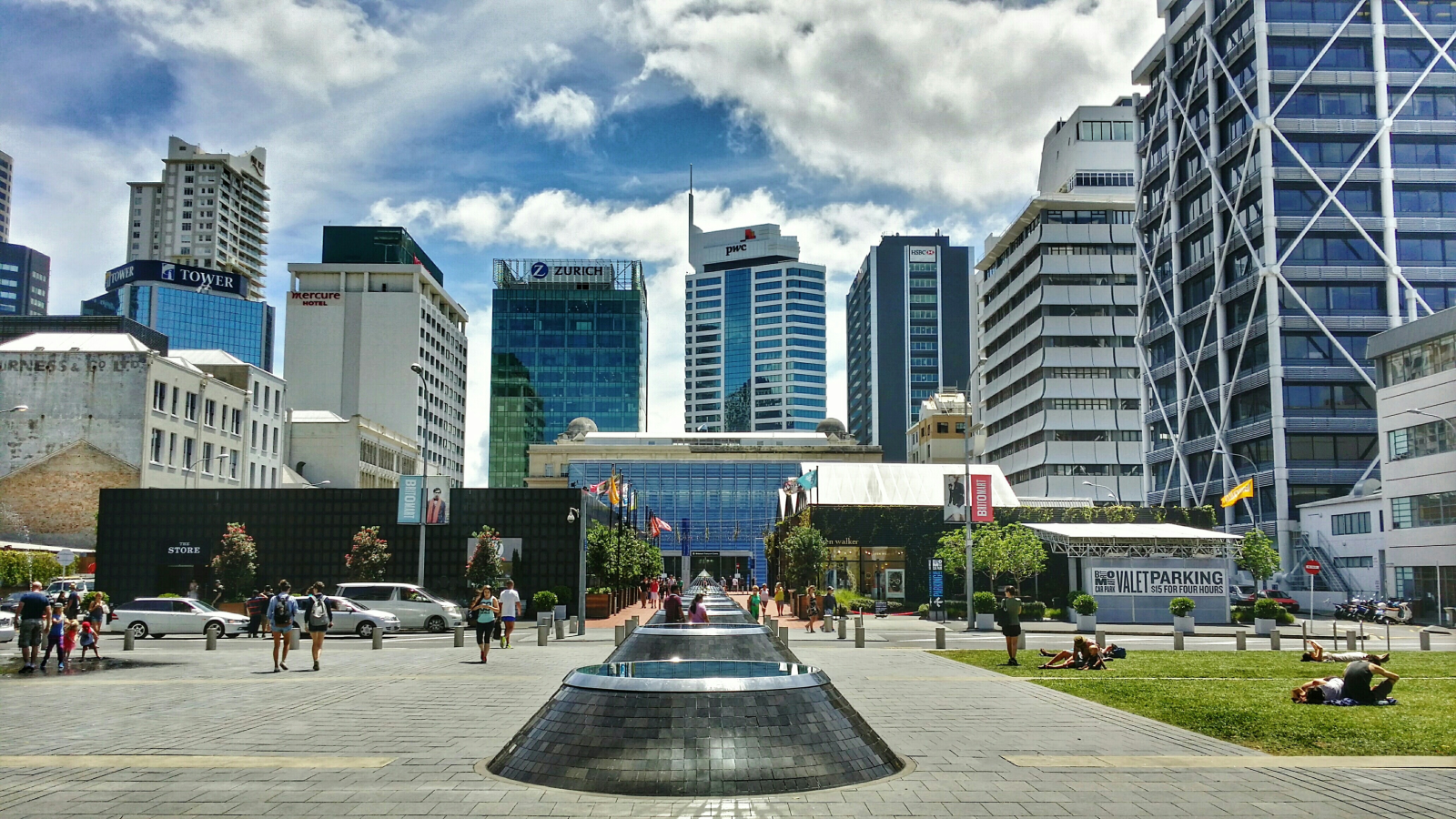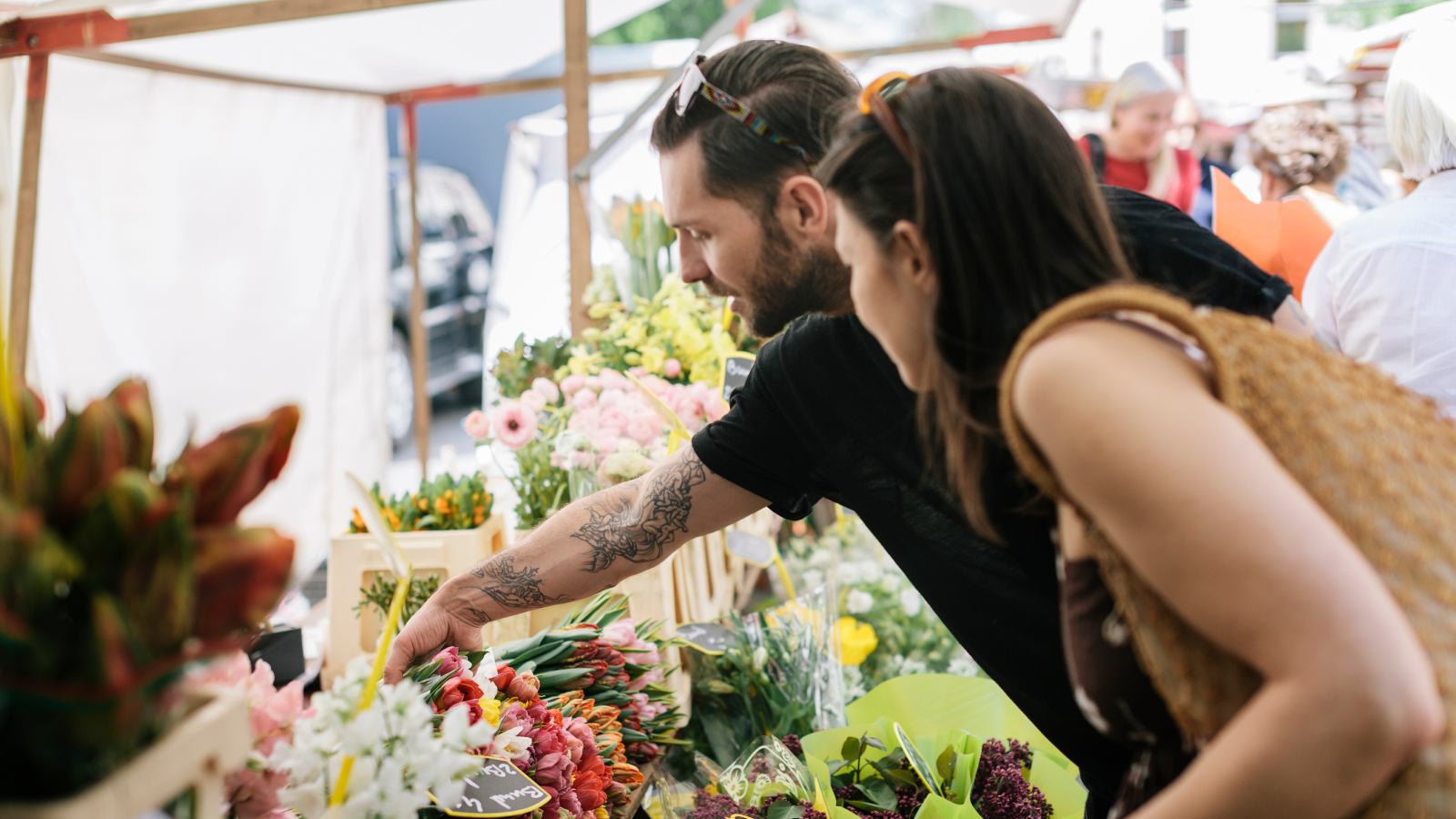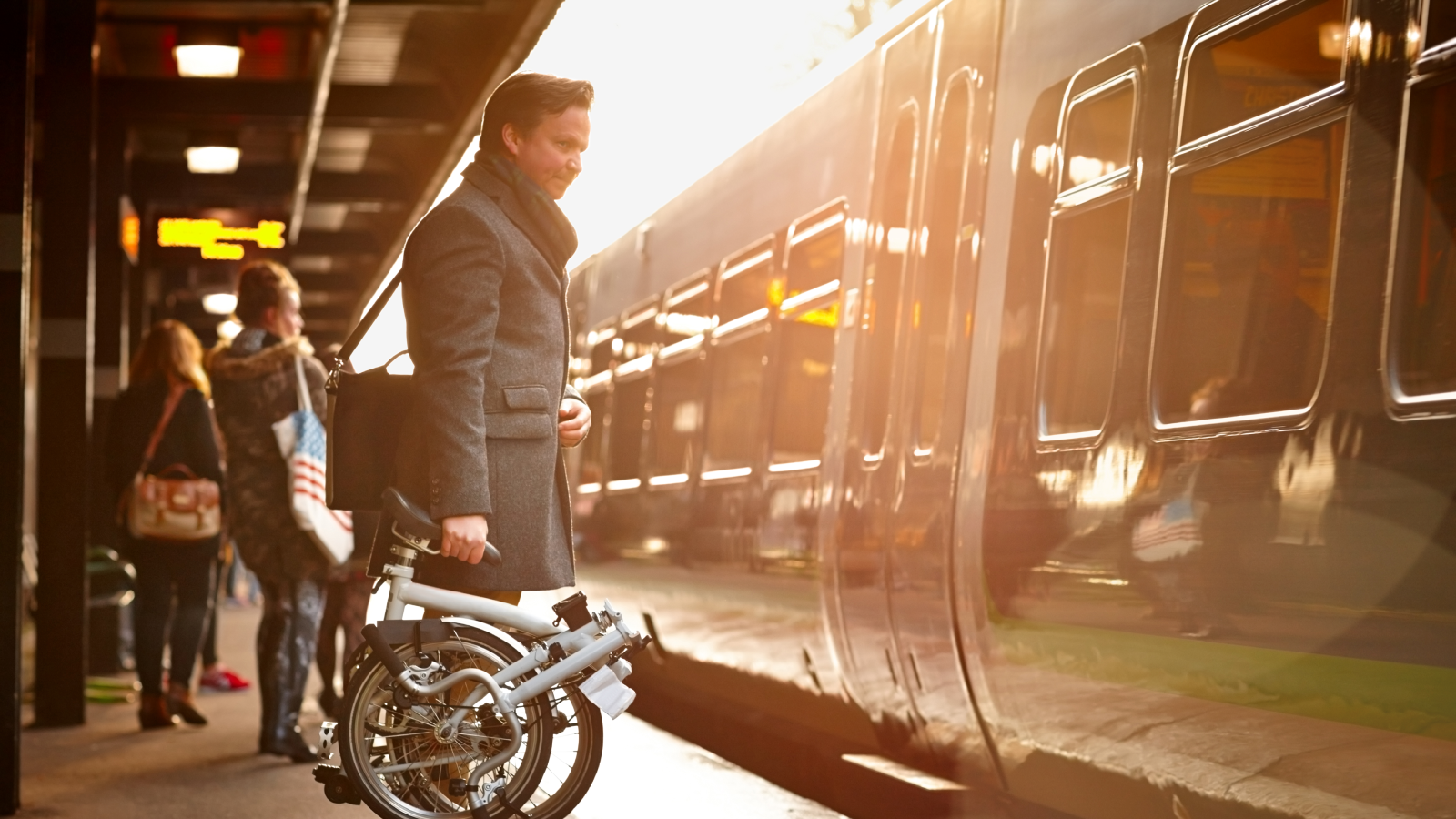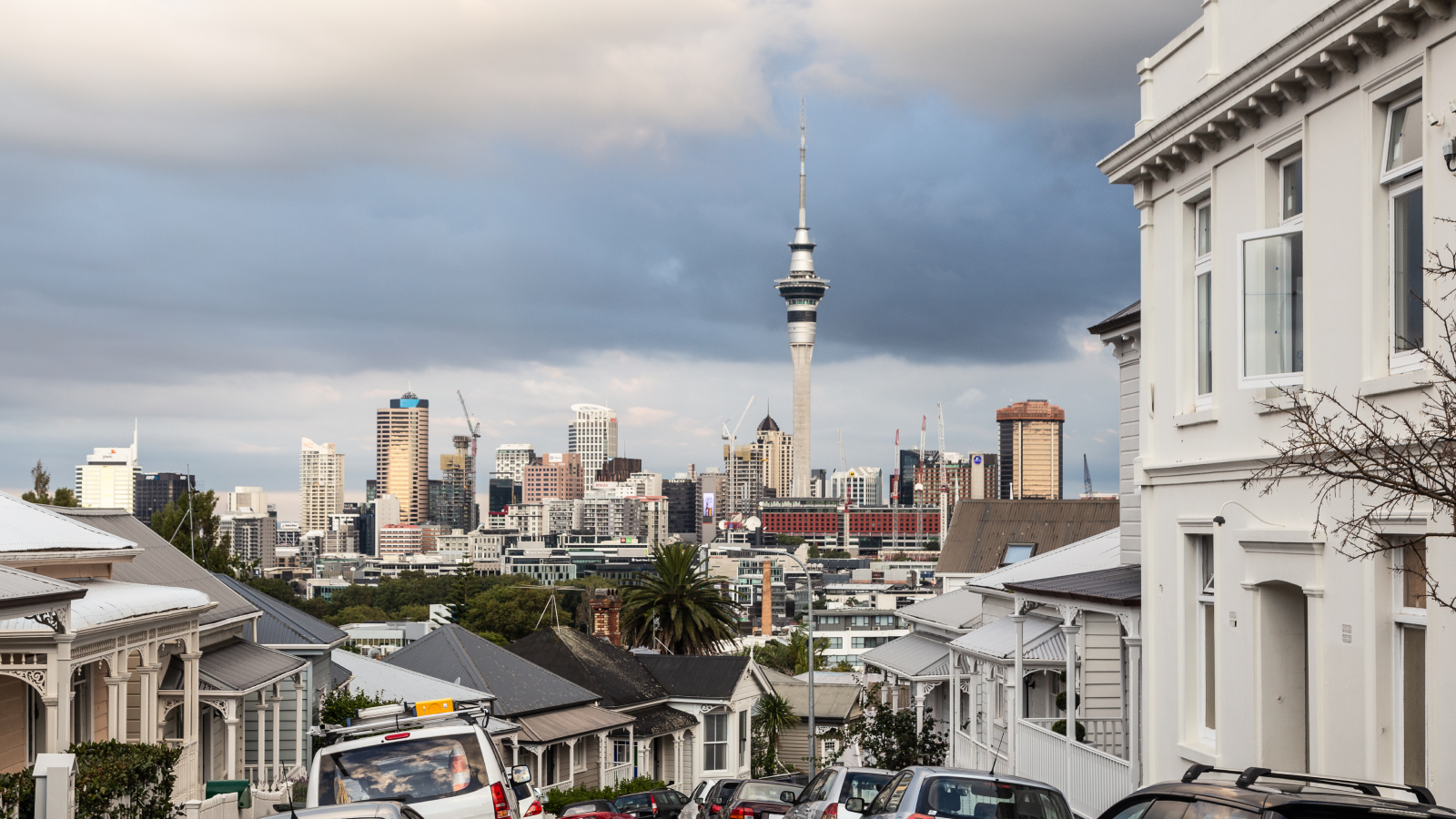Feature article
What Auckland could look like as a city of the future
Big thinkers on the future of housing, workplaces and transport.
If you’re an Aucklander who’s committed to the city, or currently living elsewhere in the country and plan to live in this beautiful harbour city one day, then this article is for you. How will Tāmaki Makaurau change and evolve in the coming decades, from its housing, to where we work and how we get around?
We asked a panel of big thinkers, architects, academics, urban planners and futurists to come up with ideas as creative as possible about what an Auckland of the future could look like. We asked our visionaries to have some fun, step back and look at some of the city’s precious features which should be enhanced and protected, and new ideas on what’s possible.
If you’re an Aucklander who’s committed to the city, or currently living elsewhere in the country and plan to live in this beautiful harbour city one day, then this article is for you. How will Tāmaki Makaurau change and evolve in the coming decades, from its housing, to where we work and how we get around?
We asked a panel of big thinkers, architects, academics, urban planners and futurists to come up with ideas as creative as possible about what an Auckland of the future could look like. We asked our visionaries to have some fun, step back and look at some of the city’s precious features which should be enhanced and protected, and new ideas on what’s possible.
How people will work in Auckland in the future
There’s a race to be the world’s most sustainable city at the moment, says Tech Futures Lab founder, Frances Valintine. The futurist expects cities including Auckland to be more decentralised in the coming decades and each neighbourhood or suburb to have more mixed use areas.
“This decentralisation will happen because it works better to decentralise things like energy and water on a smaller scale,” explains Frances.
“Each area will have its own solar and renewable energy, water will need to be recycled (a number of times), and food production will be more localised. It won’t be coming from long distances and the best of tech will be used to harvest produce,” she says.
These decentralised towns around Auckland will have their own work spaces too, says the futurist.
“People won’t work from home but in a community hub that’s not their office,” she says. This will be a workspace that’s more collaborative. Advances in Augmented Reality (AR) and Virtual Reality (VR) will mean that, through headwear tech, company staff will meet in virtual form around a virtual table.
“Teams might come together (in real form) for problem solving work, then they’ll go back to their communities,” she says.
If all goes as Frances expects, the city CBD will just be like any other neighbourhood or suburb. “And it’ll be about reimagining what a great suburb looks like,” says the tech futurist.
She expects it to have high density housing, with markets, open spaces and the regular things a suburb has, like a garden centre, a DIY store, and, importantly, schools. “The huge issue is there are no schools in the city, we need a range of great schools,” says the founder of The Mind Lab.
Urban schools of the future will have a lot of community connection, predicts Frances. An urban school might also include retiree living and a pre-school. “They’re complementary to different stages of life. You can already see examples of these schools in Scandanavia, Singapore, Taiwan and Saudi Arabia,” says Frances.
Design writer, Douglas Lloyd Jenkins, who’s in favour of incremental change in Tāmaki Makaurau would like to see the Auckland of the future have a significant building that gives the city a new look. Not a fan of the Sky Tower, he says, “There’s no Normal Foster Tower, no Sydney Opera House, we don’t have a knock-out piece of architecture.”
“It could be a really good housing development,” he suggests.
Sky marae or rangimarae could be coming to Tāmaki Makaurau
And he might just get his wish. University of Auckland architecture professor Anthony Hoete (Ngāti Awa and Ngāti Ranana) says with Māori urbanising at a 25% greater rate than non- Māori, their presence will be felt more in big cities like Auckland. As such, Tāmaki Makaurau will need to look and feel more Polynesian in the coming decades, he says.
The award-winning architect, who has worked internationally for years and returned to Aotearoa in 2020, says his big idea for housing in a future Auckland is a sky marae or, in te reo, a “rangimarae”. There could be a number of them, and he would put the first ones in the Auckland CBD which might change to Central Residential District (CRD) in time, he says. The rangimarae would be vertical housing blocks or towers with a whole range of uses from retail on the ground floor, build- to- rent housing on some levels, and at the top, the marae. These sky marae wouldn’t be on ancestral lands but might be repurposed office buildings, although they could be new buildings made from engineered timber, as Māori own half the exotic wood being forested in Aotearoa, explains Anthony.
The rangimarae would bring new life to the area around Aotea Square which could do with a significantly more people to animate the space, says the architecture professor. The rangimarae would most likely be occupied by Māori in the main but it would be inclusive and open to all New Zealanders, stresses the Auckland University professor.
This new form of a marae, owned by an iwi developer, would also be all about intergenerational living. “Why would you want to send your parents to an old age home? Have them in the building, so there are living communities in the building. The developer would be community-based and long term,” says Anthony.
The internationally respected architect sees that the CBD of Tāmaki Makaurau could end up just being another suburb of Auckland. The history of Auckland was that it was a city of villages and decentralised before European settlers arrived, he explains. “Māori were occupying the 14 volcanic cones of Auckland. It was a network of villages, it was the original super city,” says Anthony. Their housing was on the terraces of the cones, and the pā at the top.
Another opportunity for Auckland Tāmaki Makaurau is to build floating housing on marshlands and mangroves, areas that are neither solid or liquid, suggests the architecture professor. This could be done in areas like Te Atatū, he suggests.
The Auckland architectural professor also likes the idea of Waitematā harbour being an amphibious highway. He’d like to see a shift away from the car to more ferries in the harbour so it, in effect, becomes a water-based motorway.
“The harbour has more capacity than building motorways, there needs to be much lighter infrastructure,” says Anthony.
Some creative ideas for this futuristic harbour city
Asked to come up with some further creative ideas for this water city, Auckland University senior lecturer of architecture and planning, Bill McKay, suggests letting the sea back in.
“With sea level rising, our natural response is to build more walls. But if you let the sea come further up Queen Street, downtown could be a little Venice,” says Bill. All those roads like Fort Street, The Strand and Beach Road were foreshore, he adds.
Another idea the architecture lecturer suggests is having a floating co-housing development which sits like an island out in the harbour. It could move seasonally, suggests Bill. In winter, you could move up harbour where it’s more sheltered, and in summer you could park in the Gulf.
Meanwhile, in what is currently the CBD, he’d like to see more conversions of office buildings into apartments, perhaps using a cruise ship model with lots of entertainment areas. And he would like to see aerial bridges in the city so you could walk from one side of Queen Street to the other. “I want to see bridges in the sky, 30 floors up, I want to be able to walk to the top of the Sky Tower like a giant spiders web,” says the architecture lecturer.
Auckland architectural designer, Chris Tate, whose mission is to change the landscape of architecture, also likes the idea of floating homes. “I think we need to be moving off the land and into the water,” says Chris, who’s worked on a few water-based residential projects. “With floating homes, they collect their own rain water, they’re hooked up to a wastewater plant, their gardens are on rooftops, on decks, and the homes are solar powered,” says Chris.
The tech needed is a hull-type floating system that’s buildable and sustainable. The houses that float would be super modern, two storey with a mezzanine, and ideal for family living, he suggests.
“You’re creating little villages with social spaces, coffee shops, floating pontoons and landscaping,” explains the architectural designer.
These homes could be on the city’s arterial rivers that feed into the harbour, he says.There are so many creeks all over the city, it would be an amazing use of our resources, says the designer, who’s a big fan of sea water swimming pools built into the beach.
Embracing the invitation to think creatively, University of Auckland professional teaching fellow, Matt Liggins (Ngāti Ruanui) says when he looks at Tāmaki Makaurau’s staggeringly beautiful setting with its two harbours, he’d like to see more efforts made to connect them.
The two harbours only have a gap of 3km between them, says Matt, and there are things that could be done to link them. You could connect from the Whau river from New Lynn through to Blockhouse Bay, for instance. Or you could have houseboats on the canal from Tāmaki river and cut through Ōtāhuhu and connect to the harbour that way, suggests Matt.
The architect lives in the city with his family and he regrets the fact that the city hasn’t got a connection with the Domain. He’d like to see a 300m floating bridge over the motorway from the university. He’d also like to see two amphitheatres between Silo Park and the Ports of Auckland.
Transport innovation to come
And what might be to come for Auckland’s transport? It might not be what you think. Auckland is undergoing one of the biggest urban retrofits of any city of its size, says Kent Lundberg, technical director at transportation consultancy, MRCagney.
“What we have here are the hills and the water everywhere, an incredible natural setting but the urban form doesn’t match the magical environment,” says the urban planner.
The future Auckland will be less about “massive transport infrastructure” but rather people will be taking short trips underpinned by longer trips, using public transport like light rail, he says.
Kent believes that the city will have denser communities which are more centrally located where transport infrastructure already exists. The city centre should have another 50,000 people and people should be working hard to make it more attractive with more pedestrian-only streets and green bridges for active and public transport, he adds.
The magic bullet on transport? E-bikes will change the way the city works once the infrastructure is in place, says the urban planner, who is one of the leading walking and cycling specialists in Auckland. Other transport will include a range of light vehicles, golf-cart type transport which can efficiently cover trips within 5km.
Frances Valintine adds that there will likely be small buses working in a ride share Uber style. These will be vehicles you will step onto and stay standing as you’re just travelling a short distance.
Meanwhile, to those who are hoping to fly in the future, there are passenger drones in operation already, perhaps there’s potential for these on rooftop locations, says Frances.
What’s working well now?
If the city CBD does indeed become another Tāmaki Makaurau neighbourhood, it’s got a very good head start with vibrant High Street and Lorne Street.
Auckland Council’s Principal of City Centre Place Activation, Barbara Holloway, lives in the CBD above a Chinese karaoke bar, and is watching with keen enjoyment as High Street returns to its 1970s roots as a home for young up and coming designers. If she had her way, the streets in the city centre would regularly be closed for events and festivals in the way she’s seen in Melbourne. Her research has shown that central Auckland could become a place to come and do activities.
“At the moment, High Street has 50 Asian eateries, 26 streetwear stores and it’s the coolest precinct in the country. People come from around the country to buy the latest sneakers,” says Barbara They’re young Korean and Chinese designers, really edgy and their gear is relatively affordable, she says. Commercial rents are affordable, so you’re also getting tiny cool pop ups, a number of bookstores, eight opticians and 34 beauty stores,she says.
As well as young Asian Aucklanders, Māori and Pasifika families visit the shopping street, she says.
The city’s future is for residents and as a destination where incredible festivals will go on, she predicts.
“It’s logical to grow the residential base. I’m shopping, living and interacting and it’s affordable,” she says. Barbara would like to see more nightscaping, using small or large scale moving images and 3D projection mapping to help with storytelling.
How can established parts of Auckland change? Barbara has a suggestion for Remuera, looking at what’s possible internationally. Bandung, Indonesia has a similar suburb with fancy homes and wide streets that have opened their doors to young designers.
“People let their front room or part of their property to young designers and people fly in from Malaysia to visit. These are houses that are worth millions, with modern architecture and every second one has space allocated to young designers,” says Barbara.
Hobsonville Point is a suburb with a collection of neighbourhoods that’s been master planned and developed, becoming a place that Aucklanders come to on the weekends with its mix of parks, shops and eateries.
The company behind the masterplan for Hobsonville was Isthmus, and director Gavin Lister explains it was an evolution of what Auckland already had. Hobsonville was based on Devonport and Northcote, he says. “It was just about, how can we do that in a much more intense way? “The spine road was where all the commercial stuff happens and you have green space round the perimeter, he says.
Most of Auckland is pretty close to the sea or volcanic cones. We should hang onto those things and to character villages, adds Gavin.
An Isthmus project, Vinegar Lane in Ponsonby, tucked in behind Ponsonby Road, doesn’t disrupt, or intrude, and is another example of the city’s evolution, says the Isthmus director. The idea there was to interpret the stand alone family home in apartment form. The little sections are freehold and each homeowner designs their own house.
Brady Nixon, Progressive’s development manager at Vinegar Lane, says terraced housing is the answer but that it needs to be done right. At Vinegar Lane every single apartment has its own individual character. “The solution for terrace housing is diversity of materiality,” says Brady. Big swathes of terrace housing by the same architect, he’s not so keen on.
The high density housing development at Borneo-Sporenburg, two 19th century harbour docks in Amsterdam, are good examples of three-storey, terraced housing done well, he says.
What’s actually being planned for the future?
So what’s the plan for Auckland’s future, according to the Auckland Council’s urban regeneration agency Eke Panuku? To support a city of strong neighbourhoods with town centres that help people thrive, is the answer.
Over the next 30 years, around 62% of the development in the city will be in existing urban areas with 32% of development in future urban areas.
Gyles Bendall, General Manager of Design & Place for Eke Panuku, says people don’t yet understand the potential of local centres. “Town centres will be much more diverse, they will be much more unique, and cater for the local community,” he says.
He remembers how local communities connected more during Covid lockdown with people visiting their local parks and shops. “You can see that growing as people reconnect locally,” says the design GM.
Each location will build up a unique character and economy which will attract people to live there, says Gyles. If you’re out in Henderson, you’ll like connecting to the bush so it will be about the connection to the Waitākere ranges. It will build up its own unique character and economy. If you choose to live in Avondale you’ll enjoy the markets and connecting to the city centre.
As for future urban areas, Gyles is thinking town centres will happen in Silverdale, Millwater, byond Kumeu and Huapai, towards Drury.
“All the locations we operate in, we do a climate change assessment, what are the challenges going to be locally. Are there any waterfront areas? Manukau has a heat island effect, so we’ll address that with very low tree cover, and give support to councils on urban forest strategy and reduce the amount of concrete.”
When doing residential development in town centres, there will be a commitment to have a diversity of housing, terraced, one bedroom, two bedroom, three bedroom homes, with different tenure options, says Gyles.
With this variety of housing, as peoples’ needs change, they won’t have to move out of the area. “That makes for a much more resilient place,” he says.
If the urban design GM had a magic wand, what would he wish for? It would be a shift toward green technology, to maximise the benefit of what we provide for the environment, he says. “We’ve abused it for many years, we’ve got to understand it, there’ll be trees in the streets, green roofs, rain gardens all working in harmony,” says Gyles.
What big challenges are coming at us?
A sobering thought, but is it possible Auckland, as we know it, becomes a smaller city?
Matthew Bradbury, Associate Professor in the landscape programme at the School of Architecture at Unitec Institute of Technology, is always thinking about climate change when envisioning what the city will look like in the future.
Climate change is challenging the compact city idea, Matthew believes. “With the effects of climate change, we have to rethink and redesign our cities. We can still have intensification, but we need more parks,” he argues.
In his book, Water City, he discusses the effect of flooding on the city and he’s pragmatic and matter-of-fact about it. For cities, climate change will cause all these environmental issues around water, he says.
“The reality is, we’ll have to retreat and we need to start getting our heads around that. We’re going to start getting floods and sea level rise, and as we heat up we’ll lose biodiversity,” he explains.
Alternatively, there’s another solution, and that’s regionalism, says the academic. All around the world people are moving out of cities. Auckland’s growth last year was 0.7% while Hawke’s Bay grew over 8%, he estimates.
Why not move to the regions, along a transport corridor, to a friendly and green town with lots of space, he asks.
“In broad terms, with climate change coming, we all know the effects of flooding and increased heat, we all know we need to move inland away from the sea and floodplains with more trees to shade us,” says the author.
Places like Palmerston North, with its green parks and lots of trees, and low rise tower blocks could be the future of Aotearoa urbanism, suggests the Unitec professor.
As people move to inland cities, the new capital of New Zealand Aotearoa could be Hamilton, he quips.
Be involved in the discussion of your future city
Palmerston North-born Julie Stout, an award-winning Auckland-based architect, University of Auckland teaching fellow, and urban design advocate, suggests people look at Auckland with a helicopter view.
“How do we go back to looking at it in a more holistic sense instead of as a carpet of development being rolled out?” she asks.
The Mitchell Stout architect and former chair of Urban Auckland, is currently working on developing what she calls a Third Space concept. These are spaces that are neither home or work but public ones, like libraries, community spaces where you can go and hang out and meet people.
“These are really important spaces in a city, it’s why we live in cities. You can be on your own or be with a group,” says Julie.
The architect has also been asked to work on creating an Urban Room, a centrally located space where people can come together to discuss and display the model of the city. A lot of cities have this as a tool, says Julie. Some students of hers have just been to the Shanghai urban planning centre, and in Singapore they have models which explain what the city is doing with its water supply, the rubbish, the sewerage and the city’s environmental response to climate change.
“It’s for everyone to come in and look at what’s available and add some comments,” says Julie.
As one who lives in Narrow Neck on the North Shore, Julie would like to see greater connection between the Shore and the city, whether that’s transport underground and coming up in Takapuna or smaller ferries that criss-cross up and down the Waitematā.
The award-winning architect says she’d like to see a more Māori way of thinking, of interconnectedness with the whenua, from land to sea and for people to fit with that.
Other articles you might like





